For new For The King II players who are not familiar with the combat system, this basic combat guide will be useful.
Introduction
But combat is more than just getting them good with the pointy end of a sword.
In For the King 2, we’ve expanded our combat with the inclusion of the Battle Grid.
Unlike For the King 1, combat in FTK 2 provides you with a two-by-four grid allowing you—and your enemies—to strategically move party members to get the most from combat encounters.
This feature gives a brand new vision to combat. With the battle grid, you can move to safety to avoid area damage such as explosives or poison, place your characters strategically to get the most from their ranged specialty, move enemies to open up vulnerabilities in their defenses, and even take advantage of certain traits that’ll help you make the most of positioning.
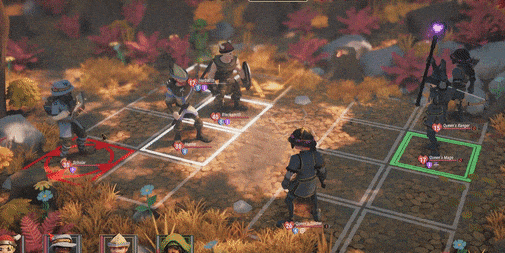 But don’t rest easy thinking it’s all sunshine and lollipops. Corrupt creatures and foes of Fahrul aren’t afraid to use the battle grid for their own gain.
But don’t rest easy thinking it’s all sunshine and lollipops. Corrupt creatures and foes of Fahrul aren’t afraid to use the battle grid for their own gain.
That glass cannon Scholar on the back line is now front-line cannon fodder thanks to a swift pull from the enemy Queensguard!
Positioning
But wait, say you’ve taunted the enemy in hopes of keeping your allies safe. You huddle together but—Oh no! Splash damage! Your tank positioning has just done more harm than good as you’ve basically become a become for the enemy’s maximum damage!
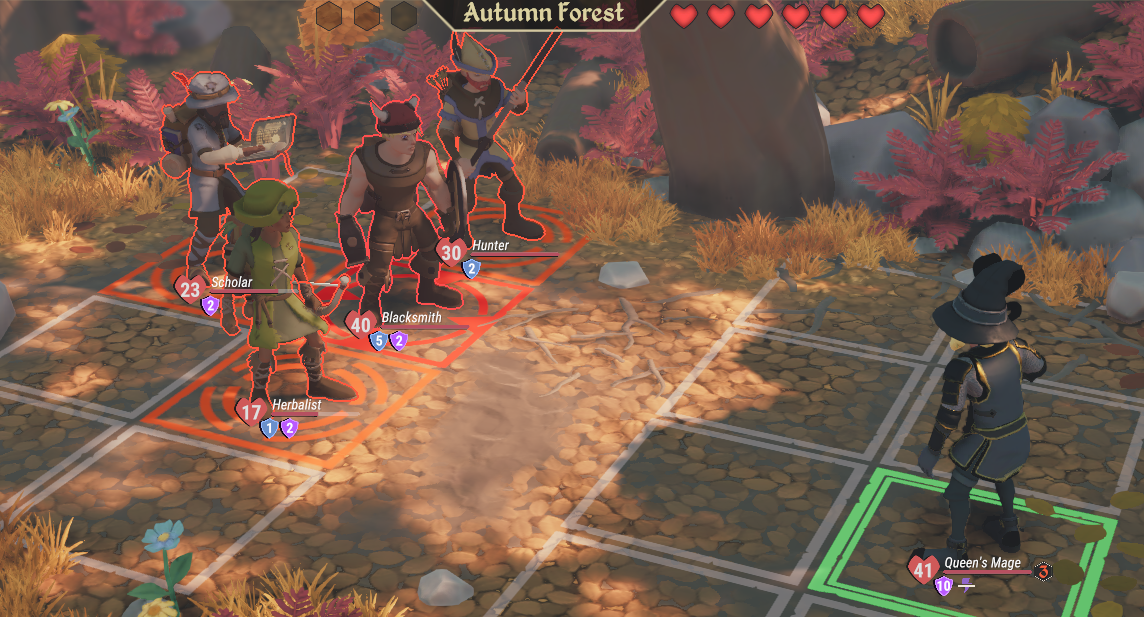
You can add any class to this kind of arrangement and find that positioning really can help or hinder your progress.
But tactical advantages aren’t the only benefit.
With the new Trait system, you’ll be able to take advantage of some other great effects, such as Tactician, an ability that randomly generates a tile in combat that when stepped into provides bonus damage.
Or the 5% damage bonus for all characters on the backline! These are just some of the features and skills in FTK2 to help motivate and encourage active movement on the battlefield.
Splash
You’ll find AOE more common with magic attacks, but there are plenty of physical skills also well suited for combat versus multiple targets.
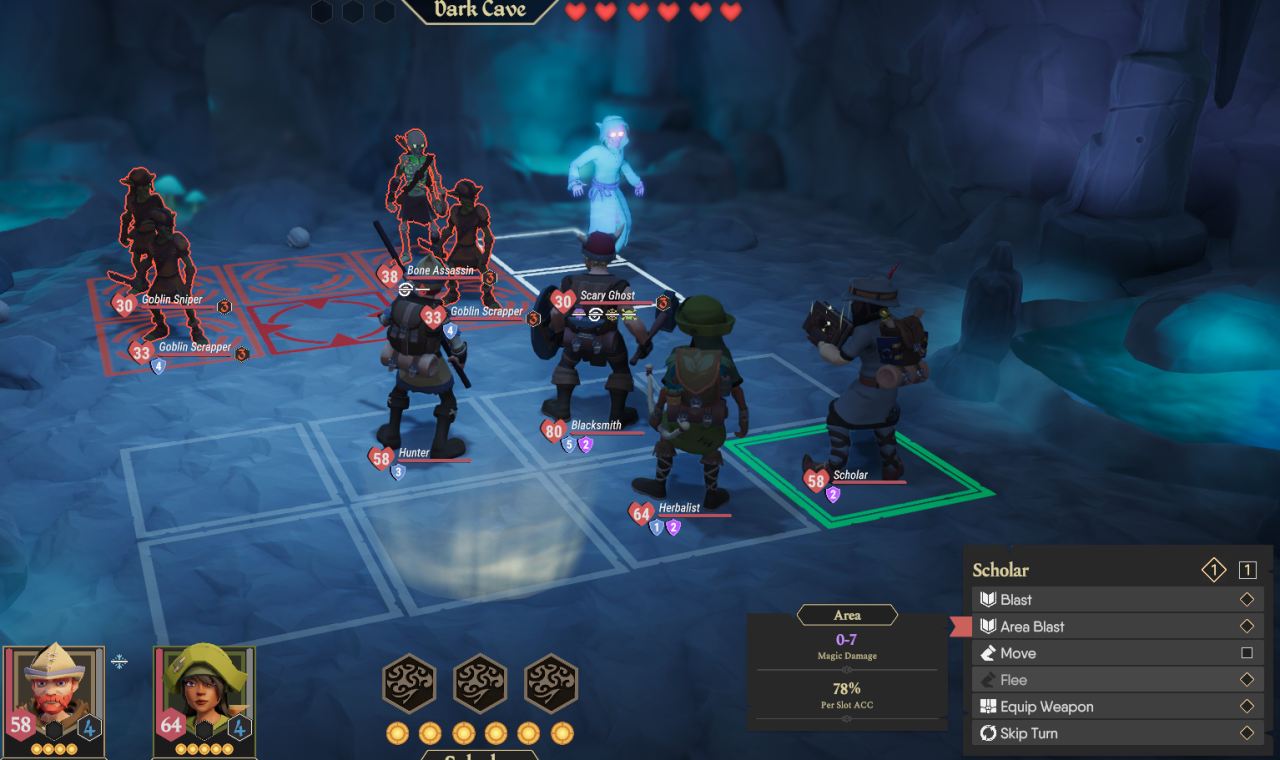
AOE can come in several different shapes and sizes. From a full-row attack that will target all four units on a horizontal line, to a column attack, which will get both the front and back lines in its radius.
We also have larger AOEs that cover most of the grid and more specialized AOEs that allow for targeting on the front and back lines. There’s lots to play around with here, but keep in mind that your enemies hold the same tools you do!
Defence
In combat, these are displayed via a blue and purple shield that is placed alongside the enemy health bar.
These work by acting as a shield against damage of that type. For example, a physical attack such as any strike with a weapon will have to take into account the enemy’s physical defence.
So physical attack with a damage value of 12 would become eight when hitting an enemy with four physical defences. This works the same with Magical Resistance too, so be sure to use the best types of damage for the right foes! This will allow you and your allies to prioritize the right targets and make the most out of your party’s composition.
Pierce attacks are another part of this, allowing you to penetrate through whatever the armour value is to strike pure damage on the target. The Hunter comes with this ability via their bow, but there are plenty more ways to acquire this skill in-game, so keep an eye out for them!
Primary vs. Secondary Actions
These will enable you to make better use of your time in combat by breaking apart items and movement from your combat abilities.
 With Secondary actions, you can take advantage of bombs, potions, herbs, and plenty more consumables in the heat of combat without ending your turn! This can be further enhanced with the trait Nimble, which allows for up to two Secondary actions per turn.
With Secondary actions, you can take advantage of bombs, potions, herbs, and plenty more consumables in the heat of combat without ending your turn! This can be further enhanced with the trait Nimble, which allows for up to two Secondary actions per turn.Your movement is also controlled by this counter, so be sure to weigh your options before spending this resource on either of these tasks.
Primary actions control the bulk of your turn. When completed, they will automatically end your turn. These are often attacks, buffs, and skills that are based on your currently equipped weapon. A passive such as the Stableboy’s Hard Work can also allow for an additional Primary action after using the character’s last Focus point in combat!
Status Effects
Dazed
Dazed is a new status effect for FTK2. It takes advantage of the new battle grid and secondary actions by disabling those for the target. When dazed, you’ll lose your secondary action next turn, meaning no items and no movement! 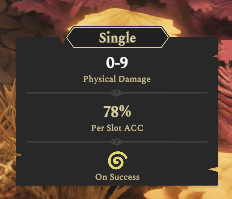 This can be exasperated by enemies with attacks that can reposition you, as your Blacksmith being pushed to the backline with no movement means you’ll have to wait for an entire turn to get back up to the frontline in melee range again!
This can be exasperated by enemies with attacks that can reposition you, as your Blacksmith being pushed to the backline with no movement means you’ll have to wait for an entire turn to get back up to the frontline in melee range again!
Stunned
Similar to FTK1, Stun simply takes your next turn away. These attacks do not often include damage, but can easily slow your team down and in some cases put you at a huge tactical disadvantage.
Burn
After one turn you’ll begin to take ticking fire damage until extinguished.
This status can also be transferred from burning floor tiles, so be sure to move out of any of those before ticking damage begins!
Entangled
When entangled you’ll be unable to perform physical attacks or move. This can be the bane of any melee class as you’ll quickly find yourself without many options.
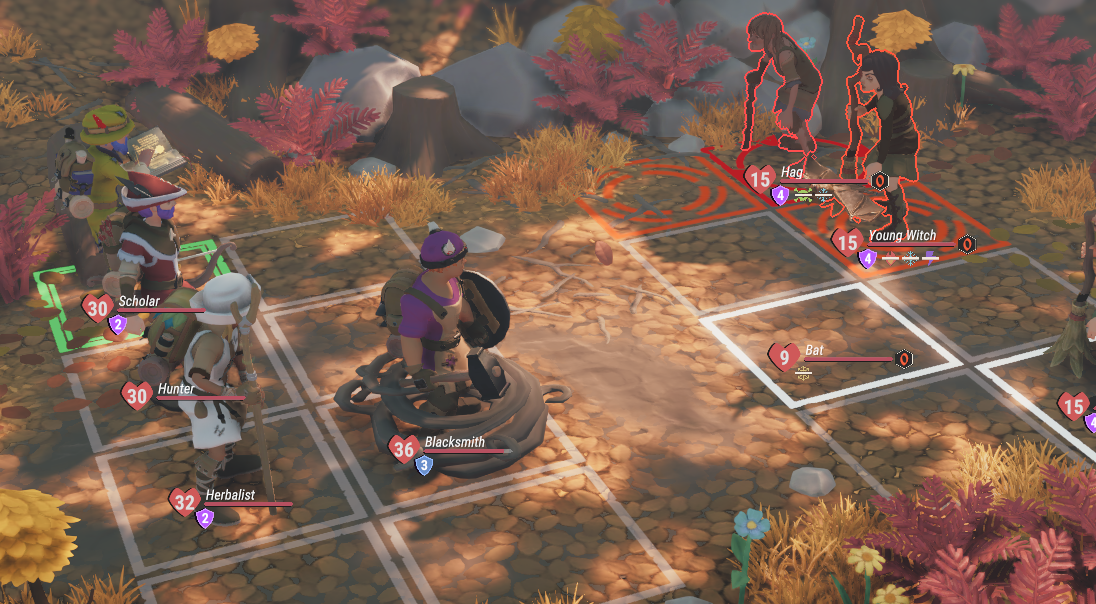
Lightning
When struck by lightning attacks you’ll automatically fail one of your rolls. For magic classes that need every roll to successfully land a spell, this can be a huge burden.
Curse
Curses are powerful incantations cast by magic users. They’ll reduce one of your stats dramatically and must be cured before the effect will cease.
Confusion
Once confused you’ll begin wasting your turns away as your character begins to choose random actions. It could be changing equipment, using consumables, or even fleeing!
Poison
Poison not only gives you a tick of damage on the overworld, but it also reduces your stats! Be careful with this one, as it can affect not just how you roll in combat, but your proficiency with encounters too.
Acid
You’ll really want to avoid acid in FTK2. When stumbling into acid, there’s a chance your best gear will be dissolved. Gone. For good!
Fear
When feared there’s a chance you’ll flee from battle, leaving your party to deal with the remaining foes. Flee can also affect your combat positioning by forcing your character to make a break for it towards the back line.
Frozen
Be sure to be careful when freezing abilities are on the playing field. When frozen, you’ll take an extra 25% damage!
Bleed
When afflicted with bleed, you’ll begin taking damage over time during combat.
That’s all we are sharing today in For The King II – Basic Combat Guide for Beginners, if you have anything to add, please feel free to leave a comment below, you can also read the original article here, all the credits goes to the original author Slowbrew’d [IOG]
Related Posts:
- For The King II – Basic Guide to Focus
- For The King II – Inventory Management Guide
- For The King II – Quick Tips For New Players
- For The King II – Why Can’t Create a Multiplayer Game
